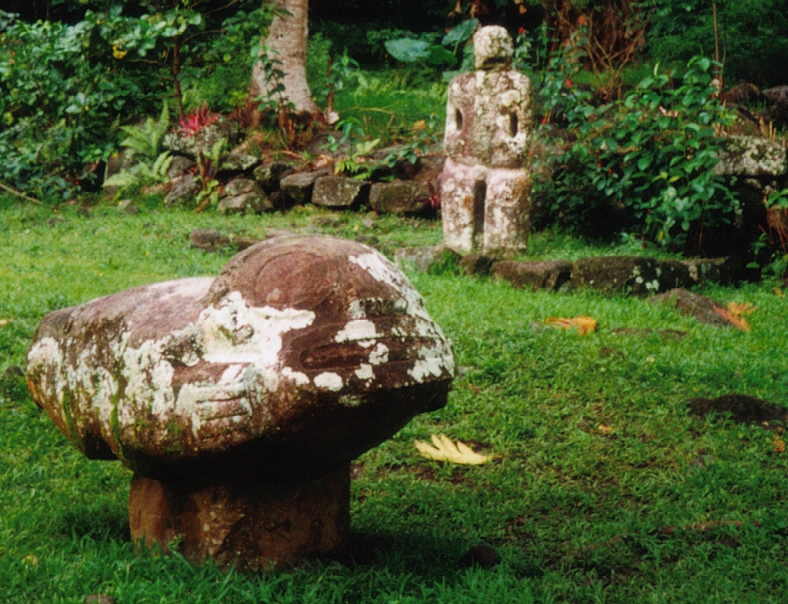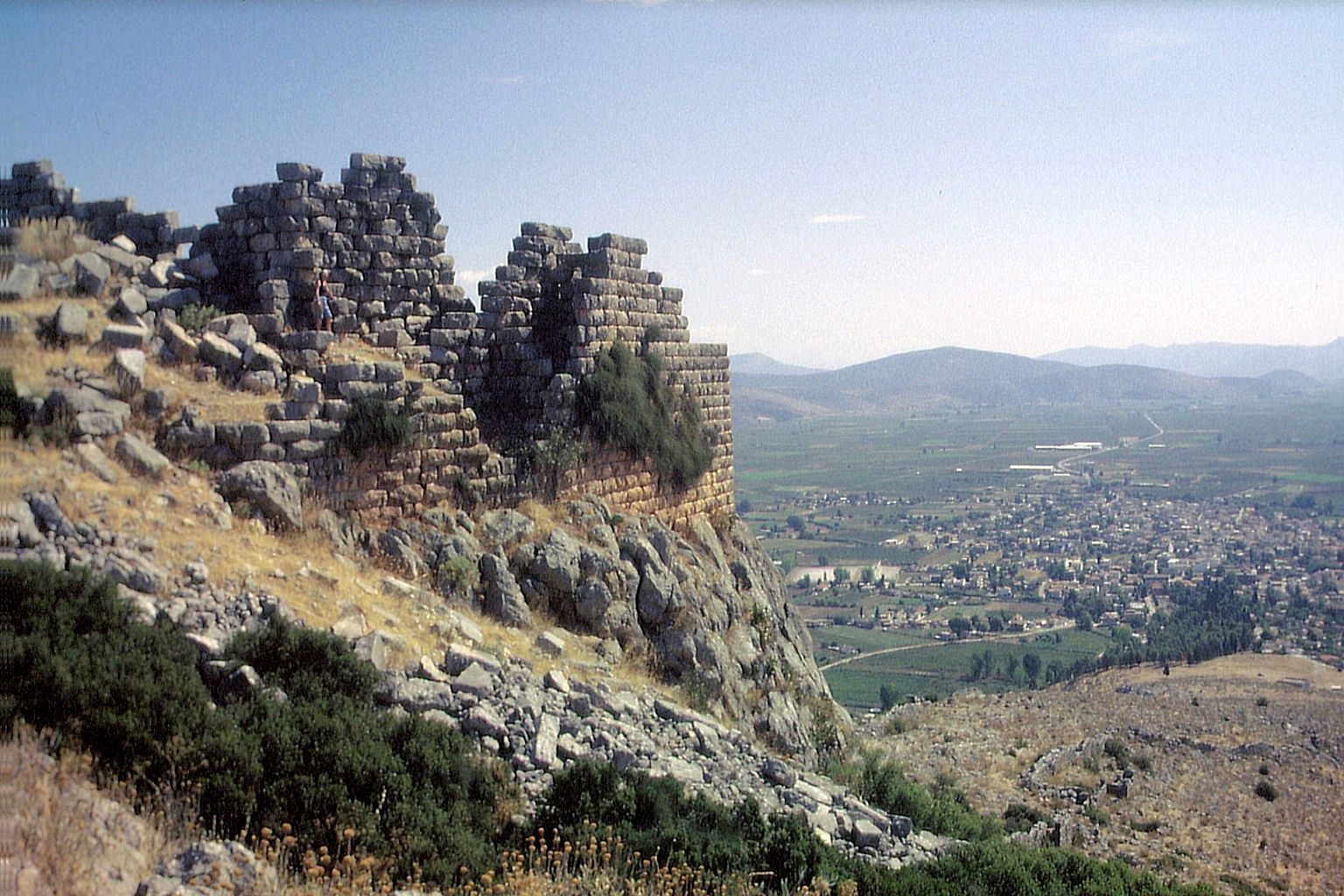|
Arsippe (mythology)
The Minyades ( grc-gre, Μινυάδες) were three Orchomenian ( Arcadian) princesses in Greek mythology. These sisters were protagonists of a myth about the perils of neglecting the worship of Dionysus. Names and family The names of the Minyades were Alcathoe (or Alcithoe), Leucippe and Arsippe (although instead of "Arsippe", Claudius Aelianus calls the latter "Aristippa", and Plutarch " Arsinoë"; Ovid uses "Leuconoe" instead of "Leucippe"). They were daughters of Minyas, king of Orchomenus, Boeotia. Mythology At the time when the worship of Dionysus was introduced into Boeotia, and while the other women and maidens were reveling and ranging over the mountains in Bacchic joy, these sisters alone remained at home, devoting themselves to their usual occupations, and thus profaning the days sacred to the god. Dionysus punished them by changing them into bats, and their work into vines. Plutarch, Aelian, and Antoninus Liberalis, though with some differences in the deta ... [...More Info...] [...Related Items...] OR: [Wikipedia] [Google] [Baidu] |
Orchomenus (Arcadia)
Orchomenus or Orchomenos (Greek: ) was an ancient city of Arcadia, Greece, called by Thucydides (v. 61) the Arcadian Orchomenus (), to distinguish it from the Boeotian town. Orchomenos was a prehistoric settlement and became one of the powerful cities in West Arcadia along with Tegea and Mantineia. The heyday of the city was between 7th–6th century BC and it became a rich city which minted its own currency. Its ruins are near the modern village of Orchomenos (before 1963: Καλπάκι, ''Kalpaki''). Situation Orchomenos was initially established at the foot of the acropolis on a plain surrounded on every side by mountains. Later the settlement was built on the mountain where the most important monuments of the city have been found. The modern village of Orchomenos stands on the site of lower Orchomenus. This plain was bounded on the south by a low range of hills, called Anchisia, which separated it from the territory of Mantineia: on the north by a lofty chain, called Oli ... [...More Info...] [...Related Items...] OR: [Wikipedia] [Google] [Baidu] |
Boeotia
Boeotia ( ), sometimes Latinized as Boiotia or Beotia ( el, Βοιωτία; modern: ; ancient: ), formerly known as Cadmeis, is one of the regional units of Greece. It is part of the region of Central Greece. Its capital is Livadeia, and its largest city is Thebes. Boeotia was also a region of ancient Greece, from before the 6th century BC. Geography Boeotia lies to the north of the eastern part of the Gulf of Corinth. It also has a short coastline on the Gulf of Euboea. It bordered on Megaris (now West Attica) in the south, Attica in the southeast, Euboea in the northeast, Opuntian Locris (now part of Phthiotis) in the north and Phocis in the west. The main mountain ranges of Boeotia are Mount Parnassus in the west, Mount Helicon in the southwest, Cithaeron in the south and Parnitha in the east. Its longest river, the Cephissus, flows in the central part, where most of the low-lying areas of Boeotia are found. Lake Copais was a large lake in the center of Boeotia. It was ... [...More Info...] [...Related Items...] OR: [Wikipedia] [Google] [Baidu] |
Camazotz
In the Late Post-Classic Maya mythology of the Popol Vuh, Camazotz ( from Mayan ) (alternate spellings Cama-Zotz, Sotz, Zotz) is a bat spirit at the service of the lords of the underworld. Camazotz means "death bat" in the Kʼicheʼ language. In Mesoamerica generally, the bat is often associated with night, death, and sacrifice. Etymology Camazotz is formed from the Kʼicheʼ words ''kame'', meaning "death", and ''sotz, meaning "bat". Mythology In the Popol Vuh, Camazotz are the bat-like spirits encountered by the Maya Hero Twins Hunahpu and Xbalanque during their trials in the underworld of Xibalba. The twins had to spend the night in the House of Bats, where they squeezed themselves into their own blowguns in order to defend themselves from the circling bats. Hunahpu stuck his head out of his blowgun to see if the sun had risen and Camazotz immediately snatched off his head and carried it to the ballcourt to be hung up as the ball to be used by the gods in their next ballgame ... [...More Info...] [...Related Items...] OR: [Wikipedia] [Google] [Baidu] |
Goddess
A goddess is a female deity. In many known cultures, goddesses are often linked with literal or metaphorical pregnancy or imagined feminine roles associated with how women and girls are perceived or expected to behave. This includes themes of spinning (textiles), spinning, weaving, beauty, love, sexuality, motherhood, domesticity, creativity, and List of fertility deities, fertility (exemplified by the ancient mother goddess cult). Many major goddesses are also associated with magic (supernatural), magic, war, strategy, hunting, farming, wisdom, fate, earth, sky, power (social and political), power, laws, justice, and more. Some themes, such as Discordianism, discord or disease, which are considered negative within their cultural contexts also are found associated with some goddesses. There are as many differently described and understood goddesses as there are male, shapeshifting, or neuter gods. In some faiths, a sacred female figure holds a central place in religious prayer a ... [...More Info...] [...Related Items...] OR: [Wikipedia] [Google] [Baidu] |
Polynesian Mythology
The Polynesian narrative or Polynesian mythology encompasses the oral traditions of the people of Polynesia (a grouping of Central and South Pacific Ocean island archipelagos in the Polynesian Triangle) together with those of the scattered cultures known as the Polynesian outliers. Polynesians speak languages that descend from a language reconstructed as Proto-Polynesian - probably spoken in the Tonga - Samoa area around 1000 BC. Description Prior to the 15th century AD, Polynesian peoples fanned out to the east, to the Cook Islands, and from there to other groups such as Tahiti and the Marquesas. Their descendants later discovered the islands from Tahiti to Rapa Nui, and later Hawai‘i and New Zealand. The latest research puts the settlement of New Zealand at about 1300 AD. The various Polynesian languages are all part of the Austronesian language family. Many are close enough in terms of vocabulary and grammar to permit communication between some other language speakers. ... [...More Info...] [...Related Items...] OR: [Wikipedia] [Google] [Baidu] |
Leutogi
Leutogi was a Polynesian goddess, originally a Samoan princess later turned goddess, and once worshiped in the Samoan archipelago in the central South Pacific ocean. ' Myth O Le pogai o le ao "Tonumaipe'a" The Tuitoga Manaia had two wives, one was Tongan, and the other a Samoan. The latter, Leutogitupa'itea, was the daughter of Mulianalafai.[...More Info...] [...Related Items...] OR: [Wikipedia] [Google] [Baidu] |
Nicander Of Sparta
Nicander ( gr, Νίκανδρος, reigned from c. 750 to c. 725 BC) was king of Sparta and a member of the Eurypontid dynasty. Sparta was a dyarchy, having two kings at the same time, an Agiad and a Eurypontid. The Agiad king at the time of Nicander was Teleclus, who was allegedly assassinated by the neighbouring Messenians. Nicander was the son of the previous Eurypontid king, Charilaus and was succeeded as Eurypontid king by his own son, Theopompus of Sparta. As king, Nicander and his allies the Asinaeans carried out a raid on nearby Argolis Argolis or Argolida ( el, Αργολίδα , ; , in ancient Greek and Katharevousa) is one of the regional units of Greece. It is part of the region of Peloponnese, situated in the eastern part of the Peloponnese peninsula and part of the tri ..., causing the Argives to attack Asine in return. References 8th-century BC rulers 8th-century BC Spartans Eurypontid kings of Sparta {{AncientGreece-bio-stub ... [...More Info...] [...Related Items...] OR: [Wikipedia] [Google] [Baidu] |
Orchomenus (Boeotia)
Orchomenus ( grc, Ὀρχομενός ''Orchomenos''), the setting for many early Greek myths, is best known today as a rich archaeological site in Boeotia, Greece, that was inhabited from the Neolithic through the Hellenistic periods. It is often referred to as " Minyan Orchomenus", to distinguish it from a later city of the same name in Arcadia. Ancient history According to the founding myth of Orchomenos, its royal dynasty was established by the Minyans, who had followed their eponymous leader Minyas from coastal Thessaly to settle the site. In the Bronze Age, during the fourteenth and thirteenth centuries BCE, Orchomenos became a rich and important centre of civilisation in Mycenaean Greece and a rival to Thebes. The palace with its frescoed walls and the great beehive tomb show the power of Orchomenos in Mycenaean Greece. A massive hydraulic undertaking drained the marshes of Lake Kopaïs, making it a rich agricultural area. Like many sites around the Aegean Sea, Orcho ... [...More Info...] [...Related Items...] OR: [Wikipedia] [Google] [Baidu] |
Hermes
Hermes (; grc-gre, Ἑρμῆς) is an Olympian deity in ancient Greek religion and mythology. Hermes is considered the herald of the gods. He is also considered the protector of human heralds, travellers, thieves, merchants, and orators. He is able to move quickly and freely between the worlds of the mortal and the divine, aided by his winged sandals. Hermes plays the role of the psychopomp or "soul guide"—a conductor of souls into the afterlife. In myth, Hermes functions as the emissary and messenger of the gods, and is often presented as the son of Zeus and Maia, the Pleiad. Hermes is regarded as "the divine trickster," about which the '' Homeric Hymn to Hermes'' offers the most well-known account. His attributes and symbols include the herma, the rooster, the tortoise, satchel or pouch, talaria (winged sandals), and winged helmet or simple petasos, as well as the palm tree, goat, the number four, several kinds of fish, and incense. However, his main symbol ... [...More Info...] [...Related Items...] OR: [Wikipedia] [Google] [Baidu] |
Hippasus (mythology)
In Greek mythology, Hippasus or Hippasos (Ἴππασος) is the name of fourteen characters. *Hippasus, son of King Eurytus of Oechalia and one of the hunters of the Calydonian Boar. *Hippasus from the Pellene district of the Peloponnese, father of Actor, Iphitus, Asterion, Amphion, and Naubolus. The latter four are otherwise ascribed different parentage. * Hippasus, a Centaur. Killed by Theseus at the wedding of Pirithous and Hippodamia. * Hippasus, a Trojan prince as one of the sons of Priam. *Hippasus, a Thessalian killed by Agenor in the Trojan War. * Hippasus, son of King Ceyx of Trachis and possibly, Alcyone, daughter of Aeolus, and thus, brother to Hylas, favorite of Heracles and Themistonoe, wife of Cycnus. Hippasus was killed in battle whilst fighting alongside Heracles against King Eurytus of Oechalia. * Hippasus, son of Leucippe, one of the Minyades. He was killed by his mother and her sisters. * Hippasus from Phlius opposed his fellow citizens, who wished to accede ... [...More Info...] [...Related Items...] OR: [Wikipedia] [Google] [Baidu] |
Maenad
In Greek mythology, maenads (; grc, μαινάδες ) were the female followers of Dionysus and the most significant members of the Thiasus, the god's retinue. Their name literally translates as "raving ones". Maenads were known as Bassarids, Bacchae , or Bacchantes in Roman mythology after the penchant of the equivalent Roman god, Bacchus, to wear a bassaris or fox skin. Often the maenads were portrayed as inspired by Dionysus into a state of ecstatic frenzy through a combination of dancing and intoxication. During these rites, the maenads would dress in fawn skins and carry a thyrsus, a long stick wrapped in ivy or vine leaves and tipped with a pine cone. They would weave ivy-wreaths around their heads or wear a bull helmet in honor of their god, and often handle or wear snakes. These women were mythologized as the "mad women" who were nurses of Dionysus in Nysa. Lycurgus "chased the Nurses of the frenzied Dionysus through the holy hills of Nysa, and the sacred implements ... [...More Info...] [...Related Items...] OR: [Wikipedia] [Google] [Baidu] |





